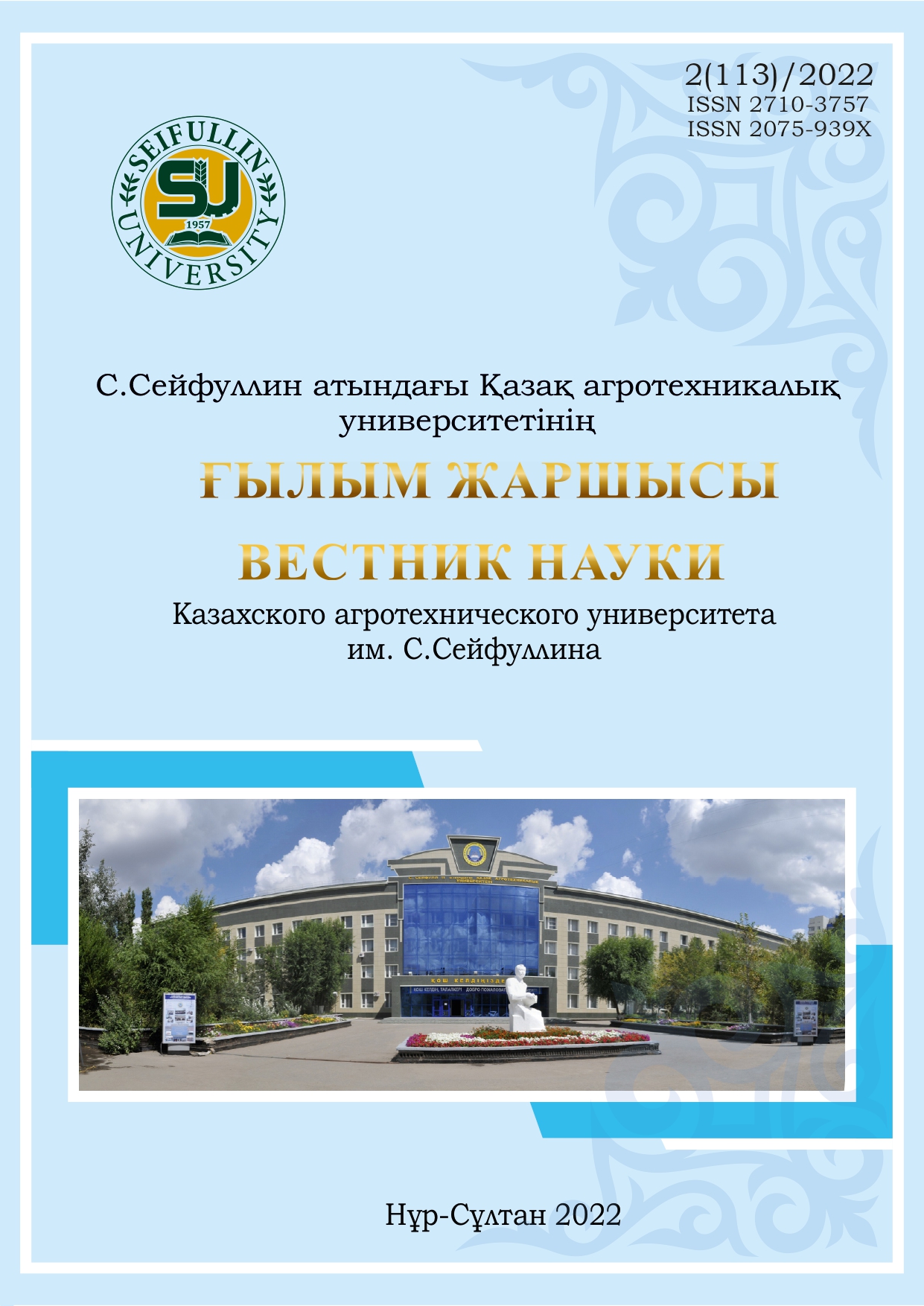HYPERPARASITIC ACTIVITY OF THE GENUS TRICHODERMA FUNGI IN RELATION TO PATHOGENS OF GRAIN CROP DISEASES
DOI:
https://doi.org/10.51452/kazatu.2022.2(113).1051Keywords:
Trichoderma; biological activity; hyperparasitic activity; biological preparation.Abstract
The article presents the materials of a study of the hyperparasitic activity of Trichoderma consortia. Microscopic soil fungi Trichoderma one of the most widely used bioagents in modern agriculture. The popularity of these fungi lies in the fact that some of them produce several hundred secondary metabolites with antimicrobial properties, causing local and systemic resistance of plants to pest and pathogenic microorganisms. Fungi of the genus Trichoderma are antagonists of mycelial fungi of plant pathogens, which are used for biological control of diseases caused by phytopathogenic fungi. They are widely used in agriculture due to their biofungicidal, bio-fertilizing and biostimulating properties. The comparative data obtained by us showed that the strains of Trichoderma selected for the study have a pronounced inhibitory activity against phytopathogenic fungi. The article presents the materials of a study of the hyperparasitic activity of Trichoderma consortia.As a result of the research, it was revealed that consortia created on the basis of fungi of the genus Trichoderma on the 3rd day of cultivation on counter cultures inhibit the growth of Fusarium, Bipolaris and Alternaria fungi, on the 7th day they completely lyse colonies of phytopathogenic fungi.The hyperparasitic properties of Trichoderma can be used as an additional test for a more complete characterization of these microorganisms, their further use in the development of biological preparations.

